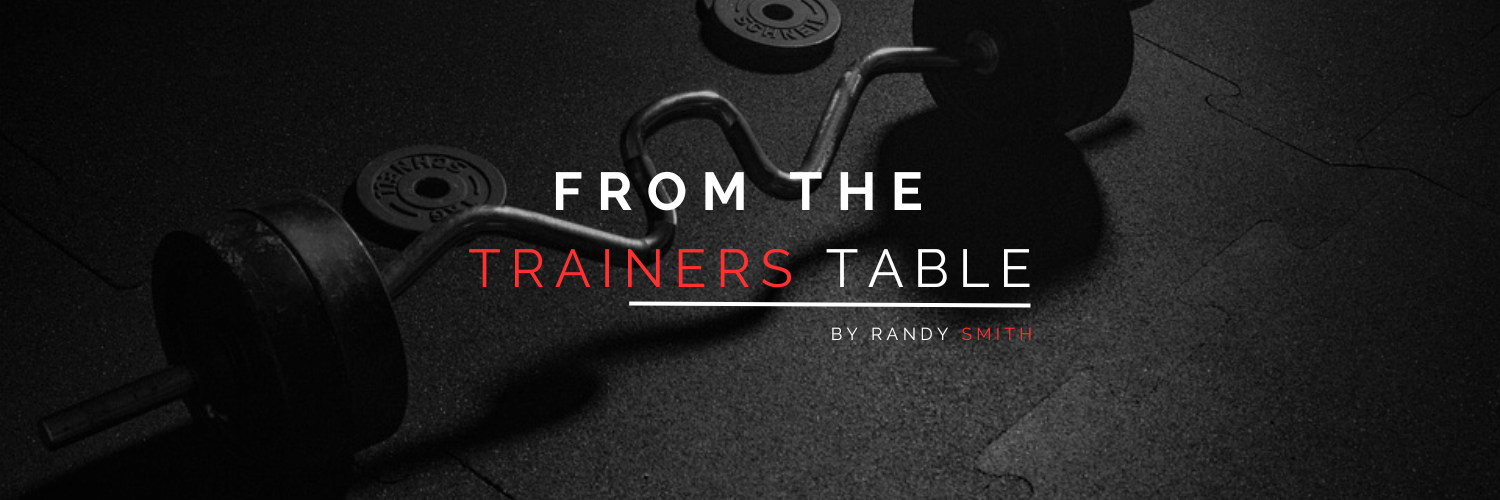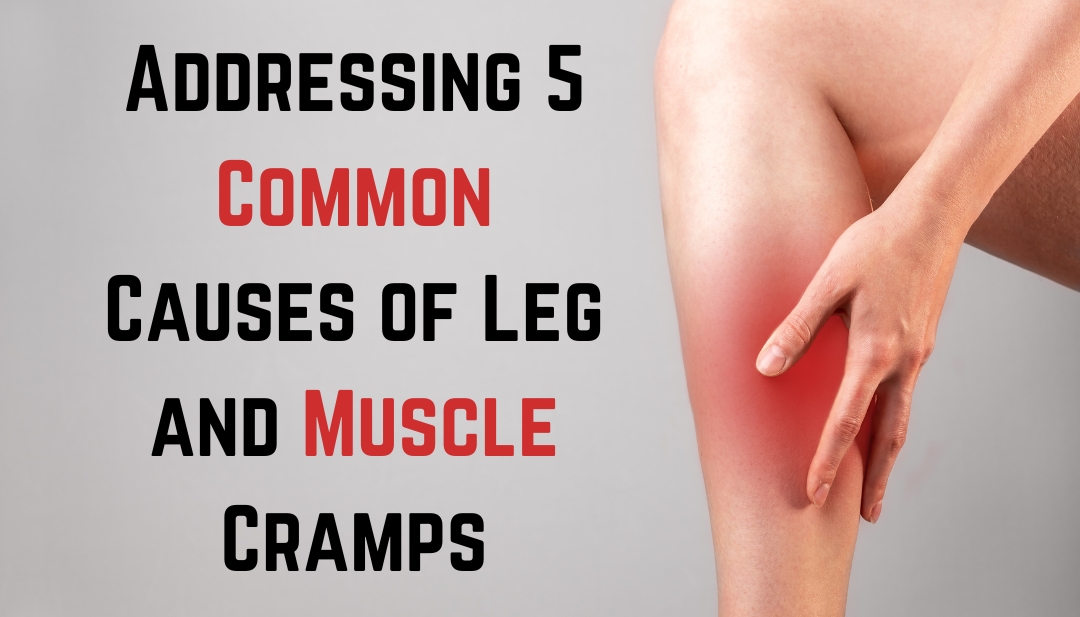Leg Cramps, we’ve all experienced them. It could be a minor discomfort or pain so bad that it takes your right off your feet. They can happen late at night while you are sleeping, or after you have had a long run or walk, after not doing any activity at all. You can get these cramps in your calf muscle, your inner thigh muscle, and your quadriceps as well. So, what are cramps? How are they caused and is there anything we can do to avoid them? Let’s talk about that.
To put it simply, a muscle cramp is an uncontrollable and sometimes painful spasm of a muscle. This can happen after working a muscle too hard or straining it. It can also stem from losing body fluids through sweat, or simply holding a position for a long time. While muscle cramps are relatively harmless, they are quite annoying to experience.
We’ll start off by looking at some of the causes of leg and muscle cramps that we can aid by addressing some deficiencies in our diets.
The first cause of muscle and leg cramps is not getting enough salt in your diet. About sixty years ago we were told that salt was bad for us, that we should cut back on eating salt. But more updated research shows us that as mammals, we should be eating salt. We need salt for our bodies to function, we should be salting our food to taste. We need to consume salt with minerals in it, such as Redmond Real salt or Himalayan salt.
Similar to a salt deficiency, electrolyte deficiency is another common cause of leg and muscle cramps. This includes magnesium, potassium, and calcium, you can get these minerals from your food or from an electrolyte supplement, such as Re-Lyte from Redmond Real salt. You can get calcium from bony fish like sardines and dark leafy greens.
Now let’s take a minute and talk about arachidonic acid, this is an acid that your body produces, but you can also get from your diet by eating a lot of fatty meats. This can include red meat, white meat, or seafood. Arachidonic acid helps calcium get into your muscle cells, if you are not getting enough of this acid, your muscles neither contract nor relax properly.
The next cause of leg and muscle cramps is over exertion. This is when you have been inactive for a long period of time, and then you decide to go for a long hike or run. A few hours after these activities you may experience leg or muscle cramps. This is not a bad thing, and if you have ruled out the other deficiencies we discussed, this may just mean that you need to be more consistent with doing some type of exercise.
Another cause of leg and muscle cramps that most people are not aware of is medications. The most common medication for this is satin drugs which lower your total cholesterol and your LDL cholesterol. The side effects of these drugs are joint and muscle pain and leg and muscle cramps. The next common medications are Forteo or Avista, these are medications used to improve your bone density if you have been diagnosed with osteoporosis, these also cause leg and muscle cramps. While stopping these medications may not be an option, addressing the other deficiencies in your diet may help the side effects from taking these drugs.
These are just some of the causes of leg and muscle cramps. Fortunately, most of which can be avoided with a proper human diet. It is important to always listen to your body. Cramping may be a sign that you are deficient in one or more vitamins and minerals that are exacerbating cramps. Addressing these deficiencies through the proper additions or adjustments to your diet may drastically help the frequency of muscle cramps and spasms.
Tell us what you think; comment below and share this post with your friends!

